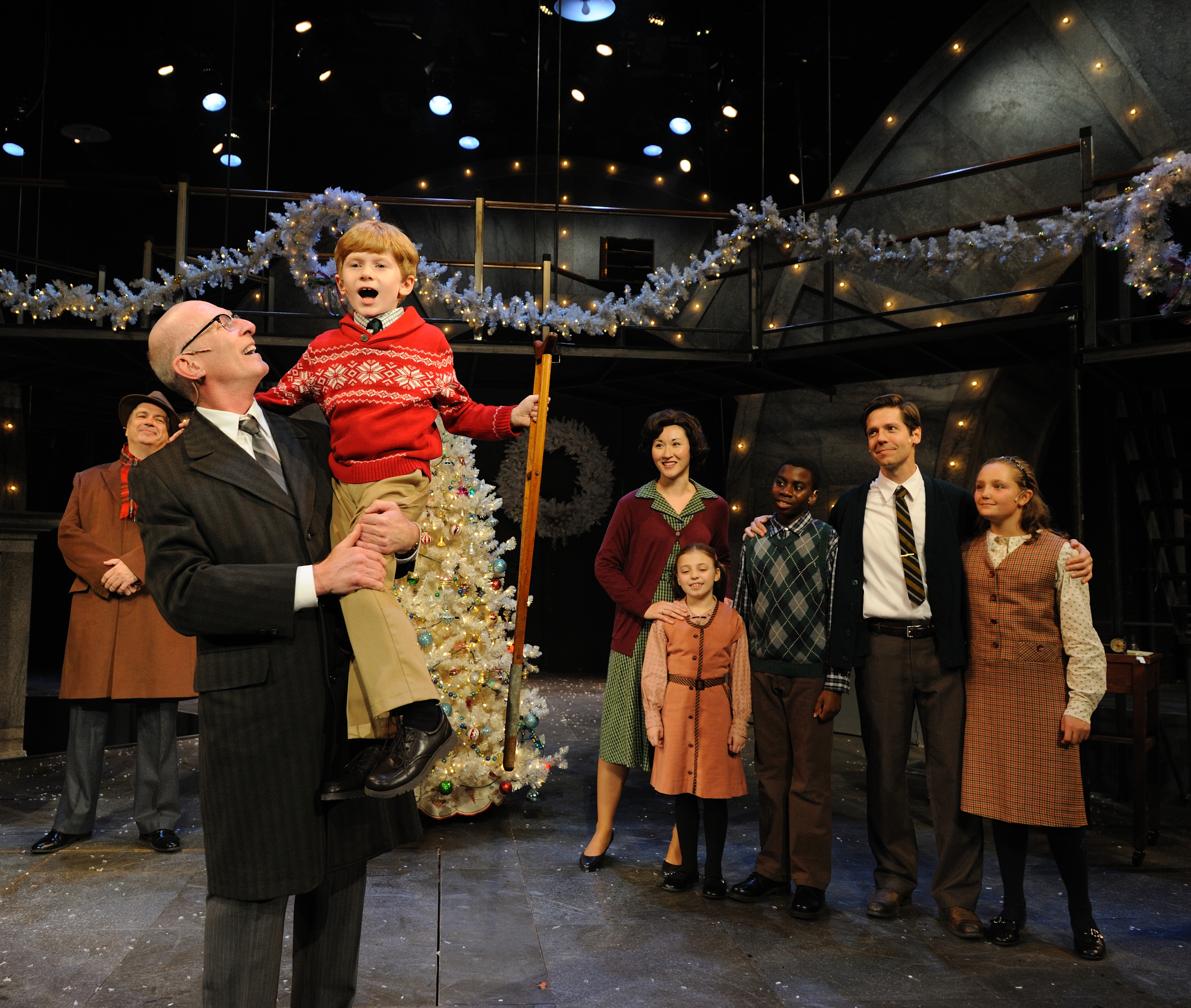
Photo credit: Mark Turek
Presented by Trinity Repertory Company
By Adrian Hall and Richard Cumming
Adapted from the story by Charles Dickens
Directed by Tyler Dobrowsky
Musical Direction by Darren Server
Choreography by Shura Baryshnikov
November 9 – December 28,
201 Washington St.
Providence, RI
Trinity Repertory Company on Facebook
Review by Danielle Rosvally
(Providence) I know what you’re going to say: “what can anyone possibly have to say about Dickens’ classic Christmas tale that I haven’t heard five billion times before?” Trinity Rep sees your concern and raises you veritable Holiday Magic onstage before your very eyes. If you’re feeling a case of the humbugs, a trip to Providence is well worth your while to get into the spirit (and spirits) of the season. Continue reading
